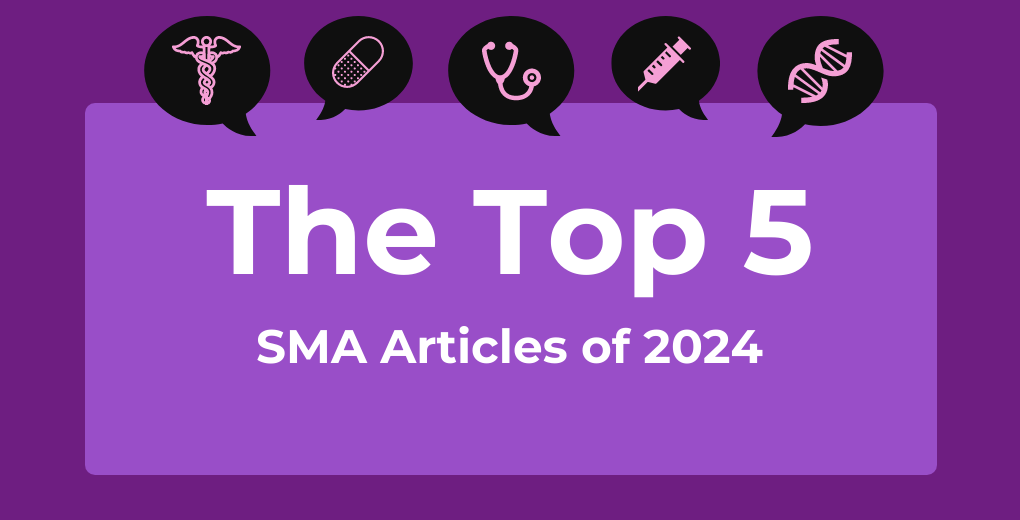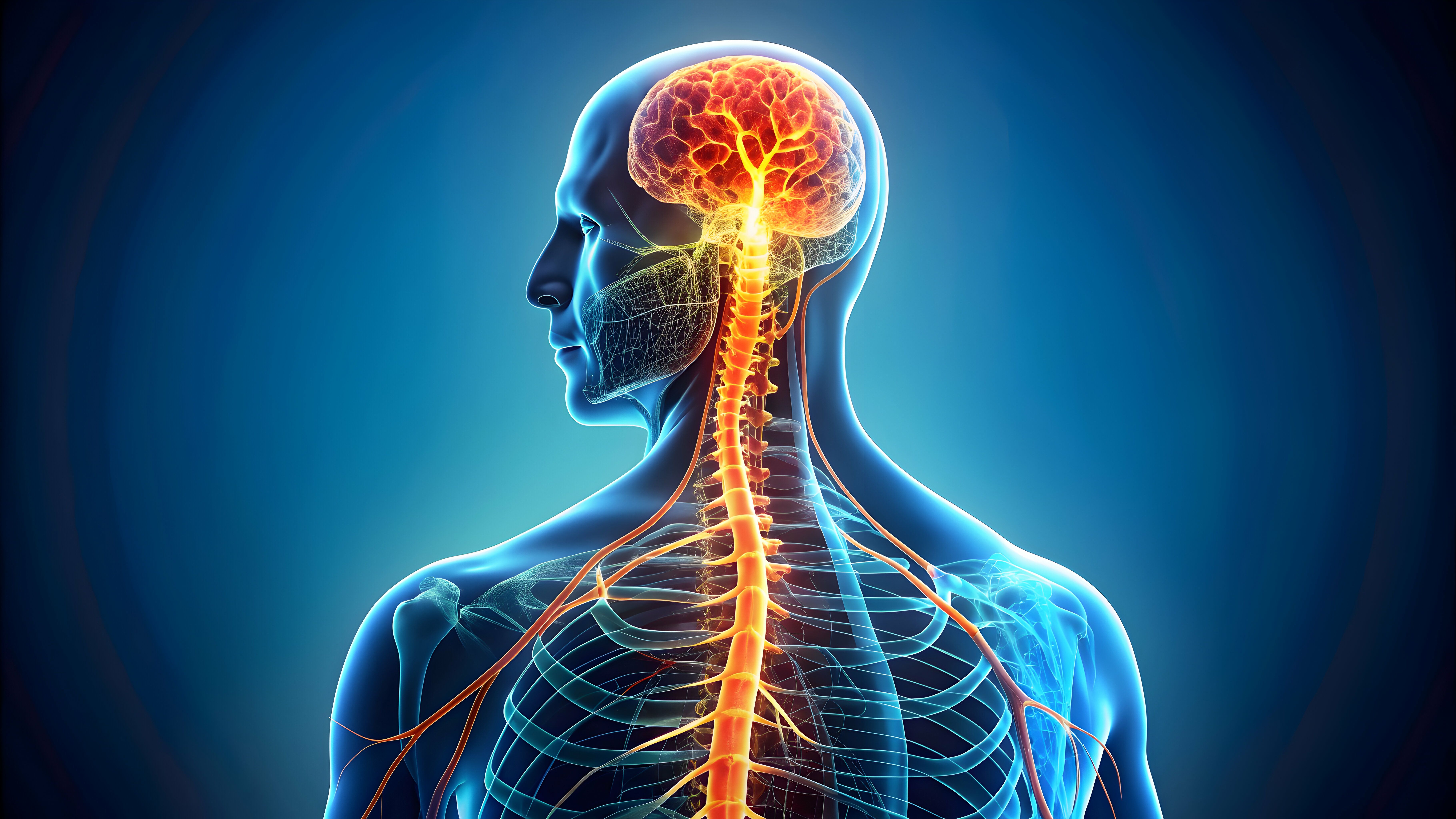
Spinal Muscular Atrophy
Latest News

Latest Videos

CME Content
More News

New research suggests previous assumptions about the pathogenesis of spinal muscular atrophy (SMA) are inadequate.

Investigators used 3-dimensional quantitative computed tomography to more accurately assess patients’ bone mineral density.

Perspectives of patients with spinal muscular atrophy (SMA) and their caregivers should be weighed before making decisions around SMA-enhancing treatments.

Oral function should be measured routinely to determine individual bulbar involvement stages in spinal muscular atrophy (SMA).

Investigators say thrombospondin-4 levels were reduced in patients with symptoms of spinal muscular atrophy (SMA), but levels of the protein increased after therapy.
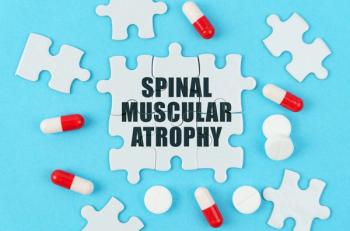
Patients aged 2-21 receiving apitegromab showed clinically meaningful motor function improvements, with a favorable safety profile consistent with long-term data, as Scholar Rock prepares for US and EU regulatory submissions in Q1 2025.

CNTN1 and NRXN3 clearly differentiated severe and milder forms of spinal muscular atrophy (SMA).

A retrospective analysis on newborn screening for spinal muscular atrophy (SMA) provides further evidence for the benefits of early identification and treatment of the disease.

A recent analysis investigated the state of metabolic disruption experienced by patients with spinal muscular atrophy (SMA), adding to the literature on nutritional and metabolic complications linked to SMA.

Clinical decision-making can be difficult for patients with SMA due to the lack of clinical trials comparing treatment options.

Higher-Dose Nusinersen Meets Primary End Point in Phase 2/3 DEVOTE Study for Spinal Muscular Atrophy
Based on the positive topline data, the company plans to submit for regulatory approval for a higher dose of nusinersen for spinal muscular atrophy (SMA) treatment.

Findings from an Italian cohort suggest that nusinersen may benefit fatigue measures in patients with spinal muscular atrophy (SMA) type III; however, drawing definitive conclusions in this area remains difficult.
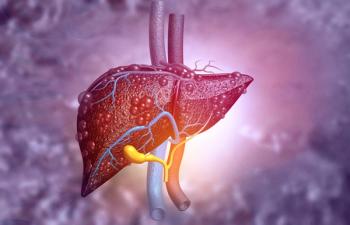
A retrospective, single-center cohort study utilized liver ultrasound, serum collection, and proteome analysis to draw associations between spinal motor neuron (SMN) protein depletion and heightened risk for fatty liver disease in spinal muscular atrophy (SMA).

In honor of Spinal Muscular Atrophy (SMA) Awareness Month, Abraham Homer, MS, the gaming technology supervisor and creative technologist at Children's Hospital Colorado, shared how virtual reality transformed care for patients with SMA.

The extension of the TOPAZ study provided support for the long-term benefits and safety of apitegromab therapy in patients with spinal muscular atrophy (SMA) at 36 months.

Results from a single-center, observational, prospective study suggested that inflammatory markers could predict disease severity and treatment efficacy for patients with spinal muscular atrophy (SMA).

A new report provided updated figures estimated the birth prevalence of spinal muscular atrophy (SMA) in the US.

A multicenter pilot study concluded that dual therapy in spinal muscular atrophy (SMA) does not provide further benefits to infants at risk for SMA type 1.

The FIREFISH study showed that most children with type I spinal muscular atrophy (SMA) maintained or improved motor functions and feeding abilities over 5 years when treated with risdiplam.

This qualitative study conducted interviews with caregivers of patients with spinal muscular atrophy (SMA) to explore their unique experiences and challenges in navigating health systems to access disease-modifying therapies.

Patients with spinal muscular atrophy (SMA) treated with a more expensive medication were found to have higher pharmacy costs but lower SMA-related health care resource utilization and medical costs compared with patients receiving standard-of-care nusinersen monotherapy.

A multivariable analysis suggested the safety and efficacy of onasemnogene abeparvovec (OA) in the treatment of older and heavier children with spinal muscular atrophy (SMA) type 1.
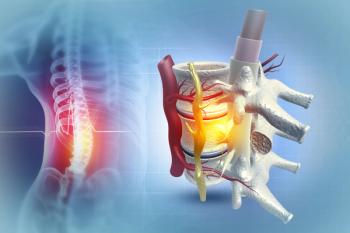
A retrospective, single-center study out of the Czech Republic tested the safety and efficacy of unilateral interlaminar fenestration (UILF) on the convex side in cases of SMA that also exhibit severe spinal deformities.
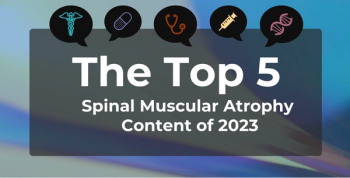
This year’s most-read spinal muscular atrophy(SMA) articles explored mental health, new technologies, caregiver well-being, and more.

A non-randomized, open-label, single-site clinical trial evaluated the safety and pharmacokinetics of acetaminophen intake in adults and children with spinal muscular atrophy (SMA) type II.


